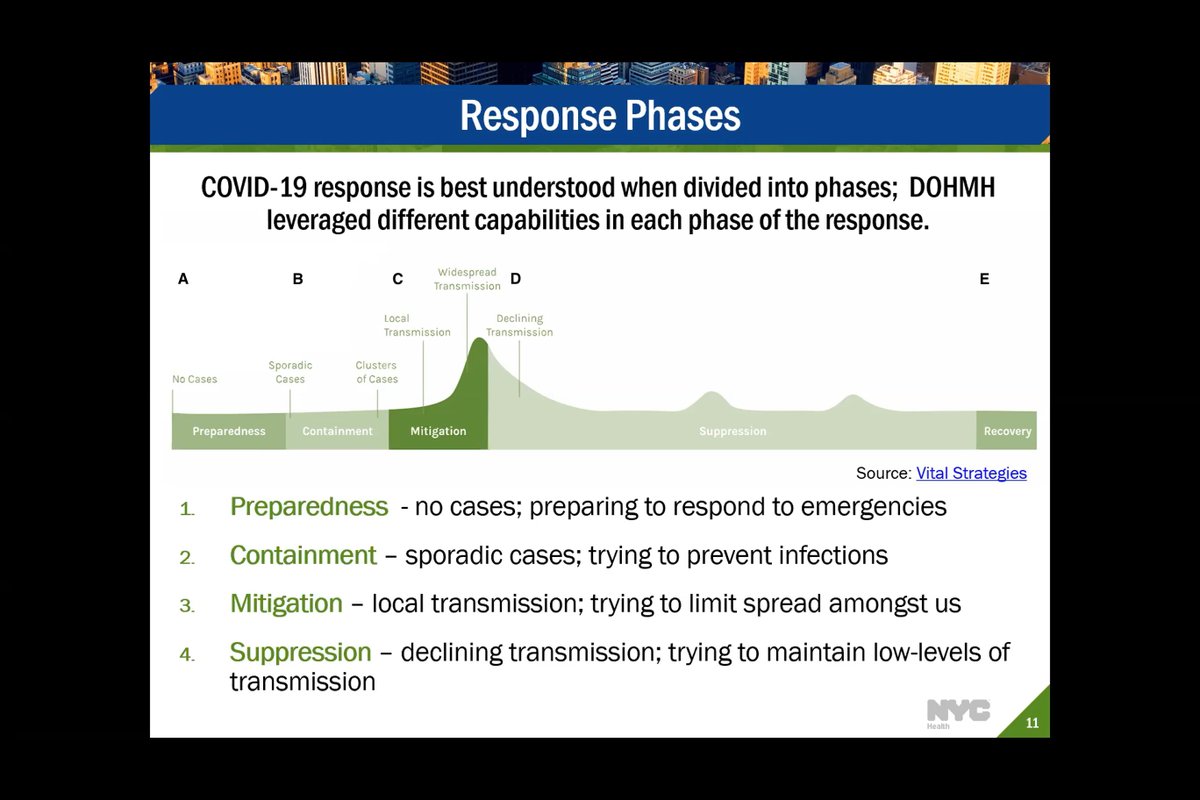Our work on superspreading has just been published nature.com/articles/s4159…, the preprint was posted a few months ago.
https://twitter.com/bencowling88/status/1270549539154309121
Key finding - between 23 January and 28 April 2020 in Hong Kong, we analysed contact tracing data and estimated that 19% of cases seeded 80% of all local transmission. For those interested in the dispersion parameter k it was 0.33 (95% CI: 0.14–0.98). nature.com/articles/s4159…
Placing close contacts of cases in mandatory government quarantine was very effective at terminating chains of transmission. nature.com/articles/s4159…
The same work was also earlier described in an article in New York Times with @DillonCAdam nytimes.com/2020/06/02/opi…
• • •
Missing some Tweet in this thread? You can try to
force a refresh





